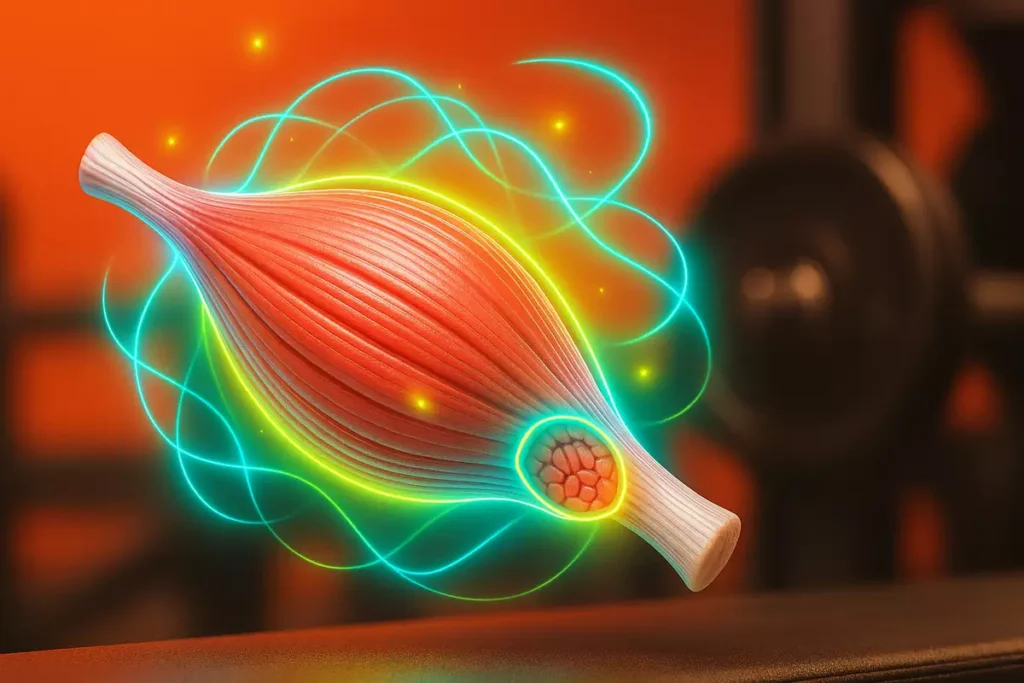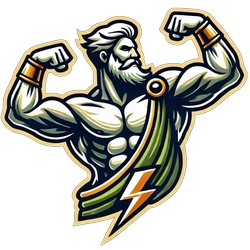When your muscles ache and recovery feels slow, creatine can be the game-changer you need.
The right creatine type can slash your downtime, fuel your next workout faster, and keep your training momentum alive.
As a fitness trainer who’s tested them all, I’ll show you exactly which creatine delivers the fastest recovery and why it works.
Table of contents
Best Creatine for Fast Recovery
If you’re looking for rapid muscle recovery, creatine monohydrate is hands-down my top pick.
It’s affordable, backed by decades of research, and delivers consistent results in reducing soreness and getting you ready for your next workout faster.
I’ve personally tested multiple creatine types, and while others like HCl and Kre-Alkalyn have their perks, nothing beats monohydrate for pure recovery speed and strength retention.
If you’re new to creatine, check out my Creatine Monohydrate Testosterone Guide for a deeper understanding of its benefits beyond recovery.
Why Creatine Helps in Muscle Recovery

Creatine’s main superpower is replenishing ATP – your muscles’ short-term energy currency.
After intense training, your ATP stores are drained. Creatine helps restore them faster, which means less downtime between workouts.
It also supports cell hydration, which keeps your muscles feeling “full” and better nourished for repair.
For me, this has meant less post-leg-day limping and more readiness to train again.
You can also combine creatine with other supplements for an even greater effect. My EAAs & Creatine Pre-Workout Combo Guide covers how to make that work effectively.
Top Creatine Types for Recovery
Creatine Monohydrate
The gold standard. I recommend this to almost everyone – beginners, pros, and my own clients.
It’s cost-effective, powerful, and gives me faster bounce-back from intense sessions.
Example: Last year, after two brutal leg days with my client James, my soreness was gone in 48 hours – something that would normally take me 3–4 days.
If you’re unsure about the science or worried about regulations, my guide on Creatine Monohydrate in Banned Sports clears up all the confusion.
Creatine HCl
Great for those with sensitive stomachs.
I’ve tried it and noticed smoother digestion, though recovery benefits were slightly less dramatic for me compared to monohydrate.
If you’re concerned about bloating or cramps, my Creatine Monohydrate Bloating & Cramps Guide will help you avoid common pitfalls.
Buffered Creatine (Kre-Alkalyn)
A good alternative if you dislike the idea of water retention.
One of my clients, Lucas from Brazil, used it while cutting, but eventually switched to monohydrate after realizing he recovered faster on it.
Creatine Magnesium Chelate
This one’s interesting – combines creatine with magnesium for added muscle function benefits.
It’s pricier, and I personally didn’t see enough extra recovery boost to justify the cost, but some endurance athletes swear by it.
For plant-based lifters, my Vegan Creatine vs. Monohydrate Guide explores which might suit you best.
How to Choose the Right Creatine for You

Ask yourself:
- Do you want the most research-backed option? → Go with monohydrate.
- Do you struggle with bloating? → Try HCl.
- Are you on a budget? → Monohydrate wins again.
- Are you experimenting during a cut? → Buffered creatine could be a trial run.
Remember, recovery isn’t just about the supplement – it’s also your nutrition, sleep, and overall training program.
If you’re debating loading phases, my Loading vs. No Loading Creatine Results explains which approach works best.
Best Timing & Usage Tips
From my own experience, post-workout with protein and carbs gives the best results.
This helps drive creatine into your muscles when they’re most receptive.
I skip loading phases – 5g daily works perfectly for me.
I’ve also seen my clients like Elena from Spain recover almost twice as fast on this steady approach, especially during high-volume training weeks.
If you’re wondering whether to take creatine with or separate from your protein, my Creatine with Protein Shake or Separate Guide covers the pros and cons of each method.
Trainer’s Final Take – Quick Recommendations

If you want rapid recovery, start with creatine monohydrate at 5g daily.
Pair it with a balanced post-workout meal, stay hydrated, and track your soreness levels over 2 weeks – you’ll likely see noticeable changes.
For most people, creatine isn’t just about more muscle – it’s about feeling ready to train again without dragging yourself through lingering soreness.
I’ve seen it work for me and for countless clients, and I believe it’s one of the simplest, most effective recovery tools you can use.



Leave a Reply